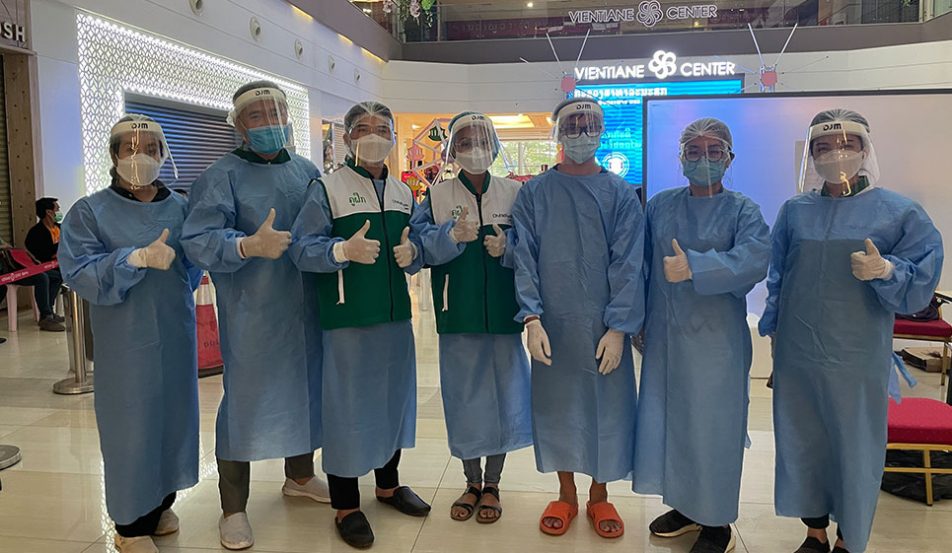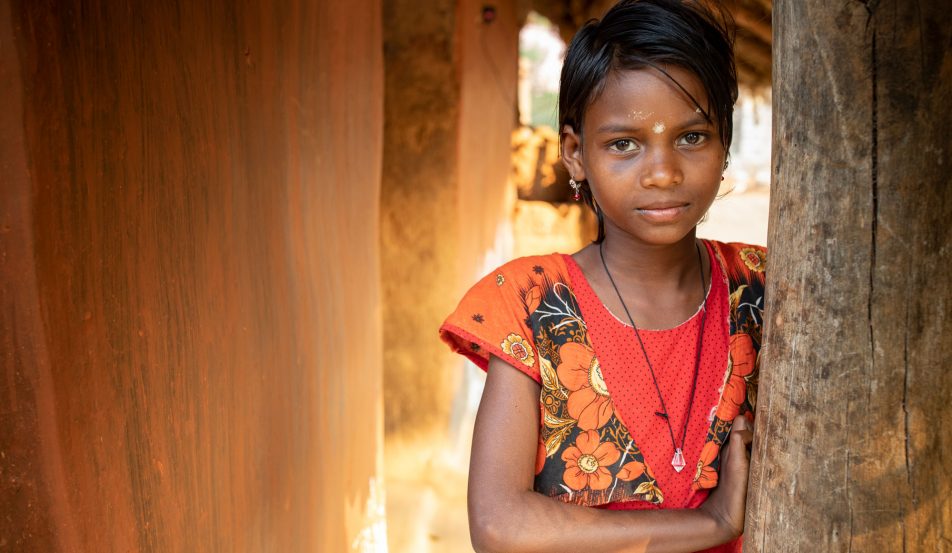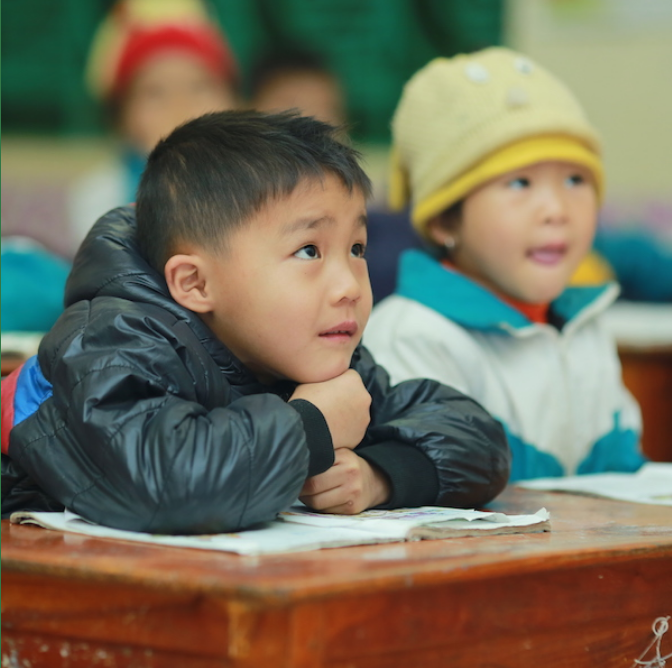Building a healthier and fairer world
World Health Day is held annually on 7 April and marks the founding of the World Health Organisation in 1948.
For more than 70 years, this day has been used to increase public knowledge and awareness of important health issues.
From diabetes, vaccinations, and breast-feeding; to depression, road safety and physical activity, World Health Day generates global attention on the most significant health and wellbeing topics of our time.
A focus on health equality
This year, as the world continues to grapple with COVID-19, the World Health Day theme is: Building a fairer, healthier world.
This recognises how the arrival of a global pandemic has shone a spotlight on health inequality around the world.
The Constitution of the World Health Organization (WHO) states that the enjoyment of the highest attainable standard of health is one of the fundamental rights of every human being, regardless of race, religion, political belief, economic or social condition.
However, the reality is that an individual’s birthplace can determine the ease in which they can access nearby, affordable, quality healthcare.
The impact of a global pandemic
According to the World Health Statistics 2020 report, only 33-50% of the world’s population was able to obtain essential health services in 2017.
With healthcare systems in many countries overwhelmed by the COVID-19 pandemic, it is likely that this access has reduced even further for thousands of children and families over the past 12 months.
The report says: “The COVID-19 pandemic not only draws into focus the need to rebuild resilient health systems with increased access to quality health services, lowered financial cost and a strengthened health workforce, but also calls for the provision of services such as routine vaccinations and basic hygiene and sanitation.”
Obstacles to accessing quality care
For children and families in developing communities, there are three major obstacles to accessing essential healthcare:
Location: In remote and rural areas, health clinics can be located at significant distances from communities. This is often compounded by a lack of public transport, with families needing to undertake long journeys on foot, as they cannot afford other transportation options.
Resources: Even where clinics are established, government budgets may constrain the services they are available to provide. With a shortage of qualified staff, and an even greater shortage of medical equipment and pharmaceuticals, these clinics may only be able to offer the most basic of care.
Cost: Children and adults with more complex conditions will generally require the services available at hospitals located in urban centres. While public health systems may offer care that is free of charge, funds are still needed to cover travel, accommodation, and food costs. As they are foregoing earnings during this time, the total sum needed to access quality healthcare can be out of reach for low-income families.
Supporting rural communities
ChildFund’s health programs are focused on increasing access to healthcare among children and families, by driving both community and systems change, particularly in remote and rural communities.
In Timor-Leste, ChildFund is training Community Health Volunteers (CHVs) to address high levels of child malnutrition and maternal mortality.
CHVs like Augusta regularly monitor the growth and health of children in her village, referring them to a health professional when required, and providing advice to parents and caregivers on hygiene and nutrition.
Augusta also supports pregnant and new mothers, recommending that they deliver babies in health facilities rather than at home, and the importance of breastfeeding.
In Papua New Guinea, with COVID-19 infection rates soaring, ChildFund is working with PNG’s Department of Health to ensure rural communities can still access essential healthcare, even where local clinics have closed.
ChildFund PNG’s Integrated Community Health Outreach Services are delivered in remote villages with the help of ChildFund staff and district health personnel.
These outreach services bring vaccination, antenatal care, tuberculosis/HIV/malaria screening, family planning, growth monitoring, health promotion, and other priority health services to rural villages.
In Zambia, ChildFund is focused on reducing preventable deaths from malaria. The world’s most deadly vector borne disease is particularly dangerous among children, with 57% of malaria mortalities occurring among children under the age of five.
ChildFund Zambia is responding by:
- educating children and their families about how to recognise the symptoms of malaria;
- testing children and their families for malaria and providing referrals to treatment; and
- providing families with insecticide-treated mosquito nets.
Health and wellbeing for all
ChildFund Australia health adviser Tracy Yuen says: “In recent decades, we have made significant progress towards achieving improved health outcomes around the globe.
“Life expectancy is increasing, while child and maternal mortality rates have reduced significantly.
“However, if we are to meet targets within Sustainable Development Goal 3 – ensure healthy lives and promote well-being for all at all ages – we need to be better prepared for future global health emergencies, and provide targeted support in those regions where enormous disparities continue to exist in terms of access to quality care.”






